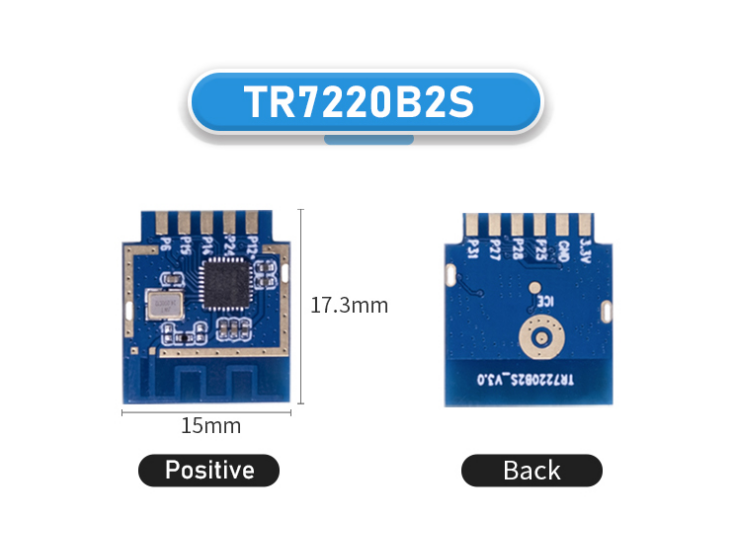The increasing adoption of Internet of Things (IoT) technology has revolutionized numerous industries, but it also raises concerns about energy consumption and the sustainability of IoT applications. The energy consumption and battery life of IoT modules play a crucial role in determining the long-term viability and environmental impact of these applications.
IoT modules are the fundamental building blocks of IoT applications, responsible for collecting, processing, and transmitting data. These modules rely on various sensors, microcontrollers, and communication protocols to function effectively. However, this functionality comes at a cost - energy consumption.
The energy consumption of IoT modules has direct implications for the sustainability of IoT applications. High energy consumption leads to increased demand for electricity, which can strain existing power resources and contribute to greenhouse gas emissions. This issue is particularly relevant in scenarios where IoT applications are deployed at scale, such as smart cities or industrial IoT deployments.
High energy consumption also affects the operational costs and maintenance requirements of IoT applications. Continuous power supply or frequent battery replacements can be both financially and logistically challenging, especially in remote or inaccessible locations. Consequently, finding ways to optimize energy consumption is crucial for ensuring the long-term viability and financial feasibility of IoT applications.

Battery life is another critical factor influencing the sustainability of IoT applications. IoT modules are often powered by batteries, which need to be replaced or recharged periodically. Longer battery life translates to reduced maintenance efforts and costs. It enables the deployment of IoT applications in locations where access to power sources is limited or expensive.
Efficient power management techniques, such as low-power sleep modes, duty cycling, and energy harvesting, can extend the battery life of IoT modules. By minimizing unnecessary power consumption during idle periods or optimizing energy usage based on application requirements, the overall sustainability of IoT applications can be significantly improved.
The energy consumption and battery life of IoT modules are critical factors impacting the sustainability and long-term viability of IoT applications. High energy consumption increases electricity demands, operational costs, and environmental impact. Optimizing energy consumption through efficient power management techniques is essential for ensuring sustainability. Similarly, longer battery life reduces maintenance efforts and allows IoT applications to be deployed in resource-constrained locations. Balancing energy consumption and battery life is vital to create sustainable IoT applications that minimize environmental impact and maximize economic feasibility.
 Trolink Joint With Tuya to Make Iot Benefit Every Family
Trolink Joint With Tuya to Make Iot Benefit Every Family
 5 Key Indicators for WiFi Module Selection You Have to Know !
5 Key Indicators for WiFi Module Selection You Have to Know !
 IOT module is the brain of smart products
IOT module is the brain of smart products
 What is the signal coverage range of the WiFi module chip?
What is the signal coverage range of the WiFi module chip?